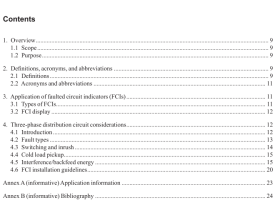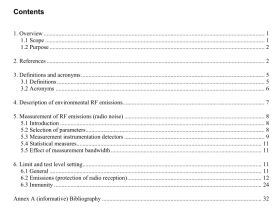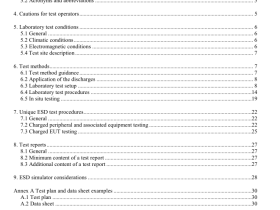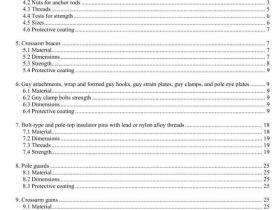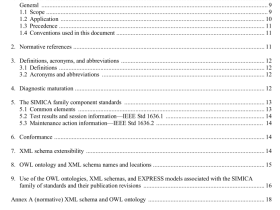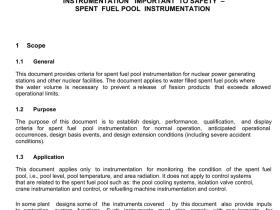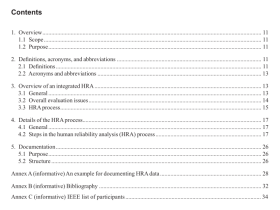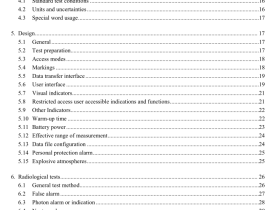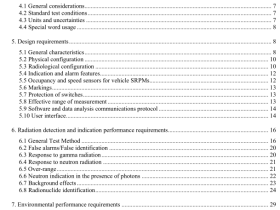IEEE Std 2747 pdf download
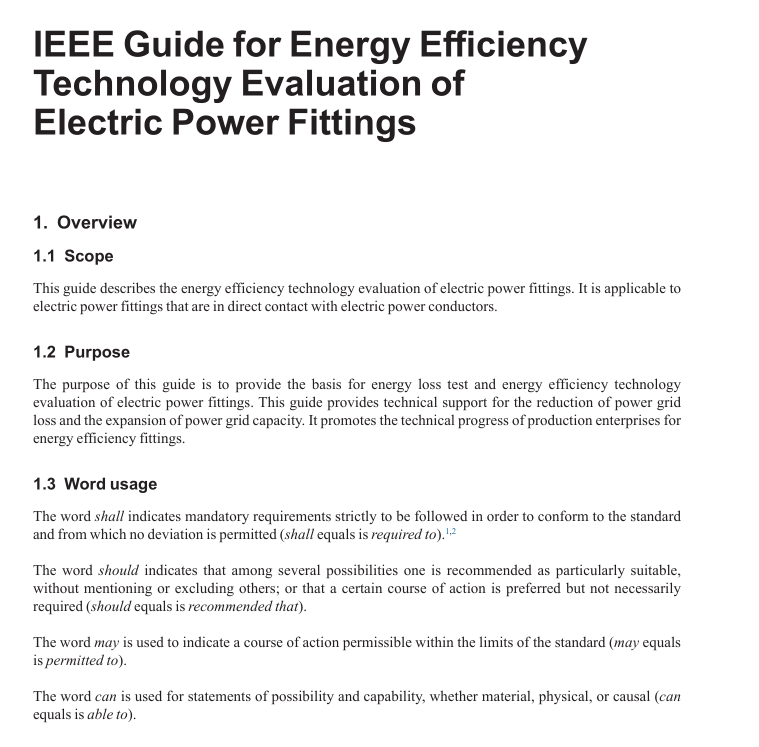
IEEE Std 2747 pdf download IEEE Guide for Energy Efciency Technology Evaluaton of Electric Power Fitngs
1. Overview1.1 Scope
This guide describes the energy efficiency technology evaluation of electric power fittings. It is applicable toelectric power fittings that are in direct contact with electric power conductors.
1.2 Purpose
The purpose of this guide is to provide the basis for energy loss test and energy efficiency technologyevaluation of electric power fittings. This guide provides technical support for the reduction of power gridloss and the expansion of power grid capacity. It promotes the technical progress of production enterprises forenergy efficiency fittings.
1.3 Word usage
The word shall indicates mandatory requirements strictly to be followed in order to conform to the standardand from which no deviation is permitted (shall equals is required to).12
The word should indicates that among several possibilities one is recommended as particularly suitable,without mentioning or excluding others; or that a certain course of action is preferred but not necessarilyrequired (should equals is recommended that).
The word may is used to indicate a course of action permissible within the limits of the standard (may equalsis permitted to).
The word can is used for statements of possibility and capability, whether material, physical, or causal (canequals is able to).
2. Normative references
The following referenced documents are indispensable for the application of this document (i.e., they mustbe understood and used, so each referenced document is cited in text and its relationship to this document isexplained). For dated references, only the edition cited applies.For undated references, the latest edition of thereferenced document (including any amendments or corrigenda) applies.
IEC 61284,Overhead lines—-Requirements and tests for fittings.’
3. Definitions
For the purposes of this document, the following terms and definitions apply. The IEEE Standards DictionaryOnline should be consulted for terms not defined in this clause.4
branch connector: Device for connecting a branch conductor to a main conductor.
current-carrying electric fitting: The fitting that is designed for carrying electric current; mainly includesparallel groove clamp,insulation piercing connector,compression-type tension clamps, compression-typesplicing sleeves, etc.
energy loss of fitting: The loss of electric energy caused by a fitting or its assembly with conductors whencurrent passes through.
in-line connector: Device for connecting two conductors to extend the length.
non-current-carrying electric fitting: The fitting that is not designed for carrying electric current; mainlyincludes suspension clamps,bolt-type tension clamps,wedge-type tension clamps,vibration dampers,spacers, etc.
reference conductor:The conductor with a certain length in the test circuit, which is used as a reference formeasuring the energy loss of fittings in order to measure the temperature and energy loss and select the currentvalue for the test.
steady state: The state of which the temperature variation of a reference conductor does not exceed 2 °Cwithin 15 min, when the test loop passes through a certain constant current at required test conditions.
4.General requirements
The fitting sample for testing should comply with the requirements in accordance with IEC 61284.
A fitting under test may be complete with all components. Test equipment should be calibrated or verified asqualified in the validity period.
The following technical details should be recorded in a test report:—Ambient temperature and humidity
-Test current
